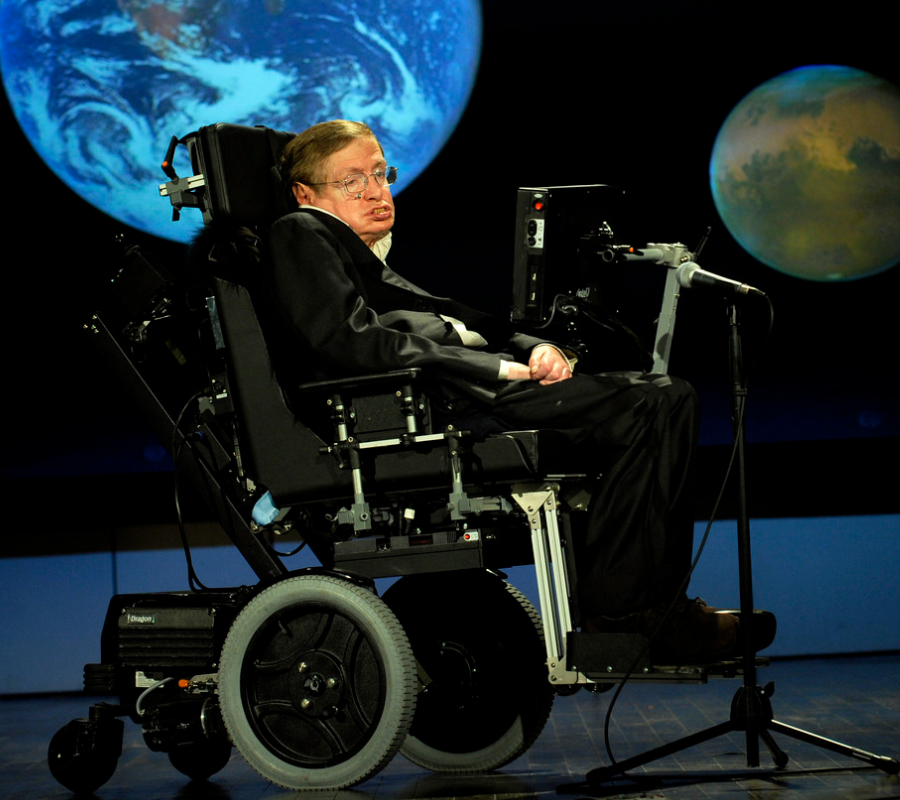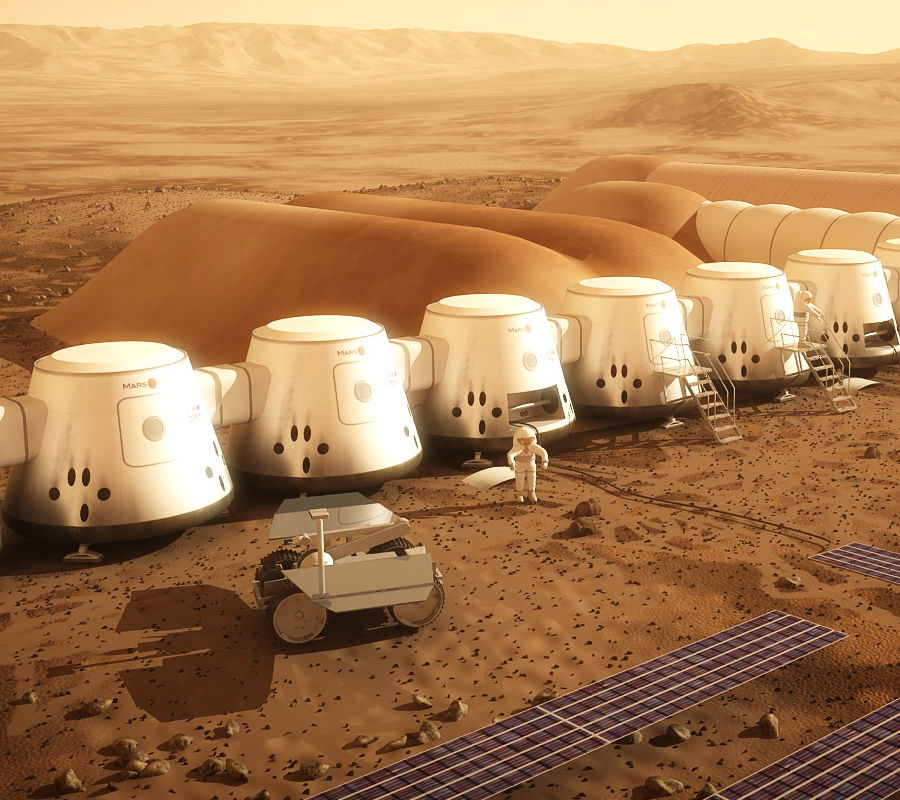Professor Stephen Hawking has warned that humanity needs to begin populating other planets within the next century to avoid extinction.
The theoretical physicist made the prediction in a new documentary called Expedition New Earth, which will be released this summer as part of BBC’s Tomorrow’s World science season. According to Hawking, humanity risks extinction due to overpopulation, climate change, epidemics and asteroid strikes.

Hawking explores latest technological advances to sustain humans on Mars in new documentary
In the documentary, Hawking will explore the latest advances in biology, astronomy and rocket technology that will allow humans to live on Mars. Such advances include plasma rockets and human hibernation, to name a few.

“In this landmark series, Expedition New Earth, (Hawking) enlists engineering expert professor Danielle George and his own former student, Christophe Galfard, to find out if and how humans can reach for the stars and move to different planets,” said the BBC.
Elon Musk’s plans to populate Mars are already underway
In November 2016, Hawking said that humanity would not survive another 1,000 years on Earth. The physicist told the Oxford University Union that climate change, artificial intelligence, and other threats were pushing for mankind to find a new planet to live on.
Hawking told Oxford University students that although the chance of disaster on planet Earth in a given year was low, it has increased over time and it growingly becomes a near certainty in the next 1,000 or 10,000 years. He added that by that time, humanity should have spread out into space and to other stars, so a disaster on our planet would not mean the end of the human race.

“I don’t have a doomsday prophecy,” said Musk in 2016, according to Newsweek. “But history suggests some doomsday event will happen.”
Musk’s plan includes having SpaceX build an enormous rocket, called the Interplanetary Transport System (ITS), measuring around 122 meters (400 feet) tall, with a lift capacity of 550 metric tons to LEO, around 4 times the lift capacity of the Saturn V. The rocket’s centerpiece will be a spaceship dubbed the Interplanetary Spaceship, which will measure 50 meters long (162 feet) and have the capacity to accommodate 450 tons of cargo and 100 passengers per trip. The spaceship will also have movie theaters, lecture halls, and a restaurant.
The ITS will be boosted into orbit using fuel from a refill ship launched earlier, at an acceleration of 6 km/s using Raptor 9 engines for the trip to Mars. The rocket booster will land itself on Earth for later reuse, as one of SpaceX’s breakthroughs in the last year was to successfully re-use rocket boosters.
The trip to Mars should last around three months until the spaceship arrives at Martian atmosphere. Once the spacecraft orbits Mars, the Interplanetary Spaceship will use aerodynamic drag in the Martian atmosphere to decelerate. Then, using 3 center Raptor engines, the spaceship will land on the surface of Mars. SpaceX engineers believe that once they arrive on Mars, the crew will be able to use the water and dry ices on Mars to manufacture methalox (liquid oxygen plus methane) for the journey back home.
Hawking: ‘Mars is the next obvious target’
SpaceX expects to perform the trip enough times to set a human colony of 1 million people. NASA has also shared its plans to send humans to Mars by 2033, and China will launch the first probe by 2020, in the hopes of becoming the first country to arrive on the Red Planet.
Regardless of what government or private spaceship company arrives on the Red Planet first, specialists have shared their concerns on whether humans will adapt to Mars. Humans living on Mars must be prepared to handle the emotional turmoil and medical dangers of living on another planet. Physical problems or conditions that arise on Mars could be untreatable, depending on the severity of the condition and the equipment available on the planet.

NASA has conducted an experiment on the top of Hawaii’s Mauna Loa volcano, to test how people responded to isolation and found promising results. However, there’s no way to accurately know how humans will react to life on another planet, and specialists believe that there is no way to prepare humans for life in Mars while they’re still on Earth.
Hawking has consistently called for humans to colonize Mars and the Moon, as a back-up option against a doomsday catastrophe on Earth. The physicist believes the moon could serve as a base for travel to the rest of the solar system, and that Mars would be the obvious next target.
Source: Newsweek
